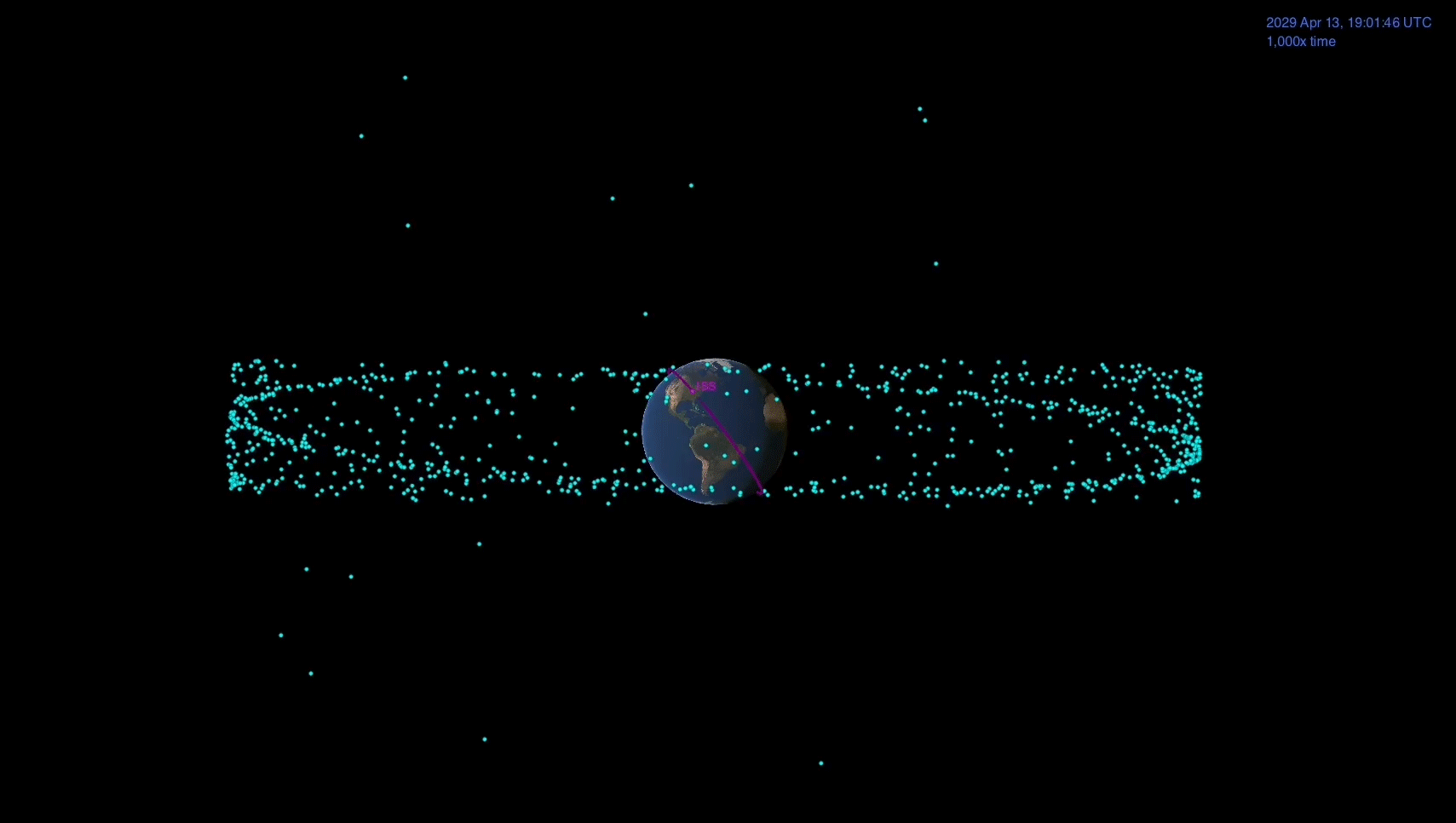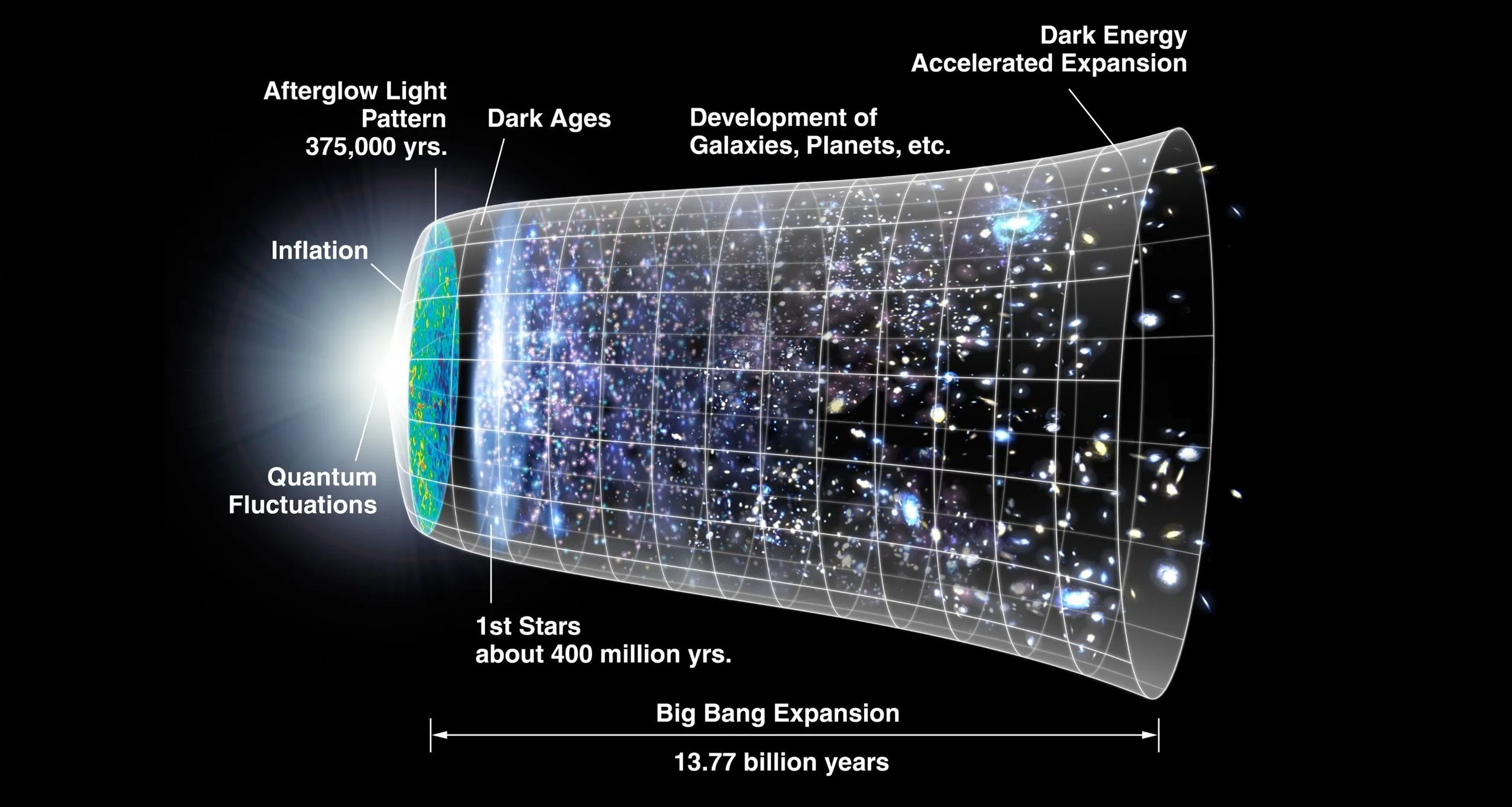The current climate and ecological crisis demands a radical redesign of how we live and organise our societies. Yet these urgent changes, though complex, are far from impossible.
Search for titan’s methane source reveals icy surprise
Hubble Astronomers Assemble Wide View of the Evolving Universe
Asteroid dust brought back to Earth may explain where our water came from with hydrogen clues
The World’s Space Agencies are Responding to a Hypothetical Asteroid Impact. You Can Watch it all Unfold Online.
How we found a white dwarf – a stellar corpse – by accident
A Strange Ice Feature Wraps Halfway Around Titan
For people interested in all things beyond Earth, the words methane and Titan go hand in hand. After all, Titan is the only other world in our Solar System where liquid flows over the surface. While trying to understand Titan’s methane cycle, scientists have discovered something else: a bizarre methane ice feature that wraps halfway around Saturn’s largest moon.
Scientists Planning Now for Asteroid Flyby a Decade Away
On April 13, 2029, a speck of light will streak across the sky, getting brighter and faster. At one point it will travel more than the width of the full Moon within a minute and it will get as bright as the stars in the Little Dipper. But it won't be a satellite or an airplane - it will be a 1,100-foot-wide (340-meter-wide) near-Earth asteroid called 99942 Apophis that will cruise harmlessly by Earth, about 19,000 miles (31,000 kilometers) above the surface. That's within the distance that some of our spacecraft that orbit Earth.
What’s on the far side of the Moon?
How did the moon end up where it is?
Nearly 50 years since man first walked on the moon, the human race is once more pushing forward with attempts to land on the Earth’s satellite. This year alone, China has landed a robotic spacecraft on the far side of the moon, while India is close to landing a lunar vehicle, and Israel continues its mission to touch down on the surface, despite the crash of its recent venture. NASA meanwhile has announced it wants to send astronauts to the moon’s south pole by 2024.
Mystery of the Universe’s Expansion Rate Widens With New Hubble Data
Astronomers using NASA's Hubble Space Telescope say they have crossed an important threshold in revealing a discrepancy between the two key techniques for measuring the universe's expansion rate. The recent study strengthens the case that new theories may be needed to explain the forces that have shaped the cosmos.
Extracting something from nothing: A bright glow from empty space
As Expected, the Newly Upgraded LIGO is Finding a Black Hole Merger Every Week
In February of 2016, scientists at the Laser Interferometer Gravitational-wave Observatory (LIGO) announced the first-ever detection of gravitational waves (GWs). Since then, multiple events have been detected, providing insight into a cosmic phenomena that was predicted over a century ago by Einstein’s Theory of General Relativity.
Why Pluto is losing its atmosphere: winter is coming
Scientists discover that young galaxies also have spiral arms, bars and rings!
NASA’s InSight Lander Captures Audio of First Likely ‘Quake’ on Mars!
You Could Travel Through a Wormhole, but it’s Slower Than Going Through Space
Special Relativity. It’s been the bane of space explorers, futurists and science fiction authors since Albert Einstein first proposed it in 1905. For those of us who dream of humans one-day becoming an interstellar species, this scientific fact is like a wet blanket. Luckily, there are a few theoretical concepts that have been proposed that indicate that Faster-Than-Light (FTL) travel might still be possible someday.
Before the Big Bang
The Universe’s First Type of Molecule Is Found at Last
The first type of molecule that ever formed in the universe has been detected in space for the first time, after decades of searching. Scientists discovered its signature in our own galaxy using the world’s largest airborne observatory, NASA’s Stratospheric Observatory for Infrared Astronomy, or SOFIA, as the aircraft flew high above the Earth’s surface and pointed its sensitive instruments out into the cosmos.
Curious Kids: what would happen if the sun exploded?
The sun is a star, and when a star explodes it’s called a supernova. These types of explosions are very bright, and very powerful. They release lots of dust into space, which is used to make more stars and planets. Our solar system was made using stuff from these explosions. Even humans are made of star stuff!
















